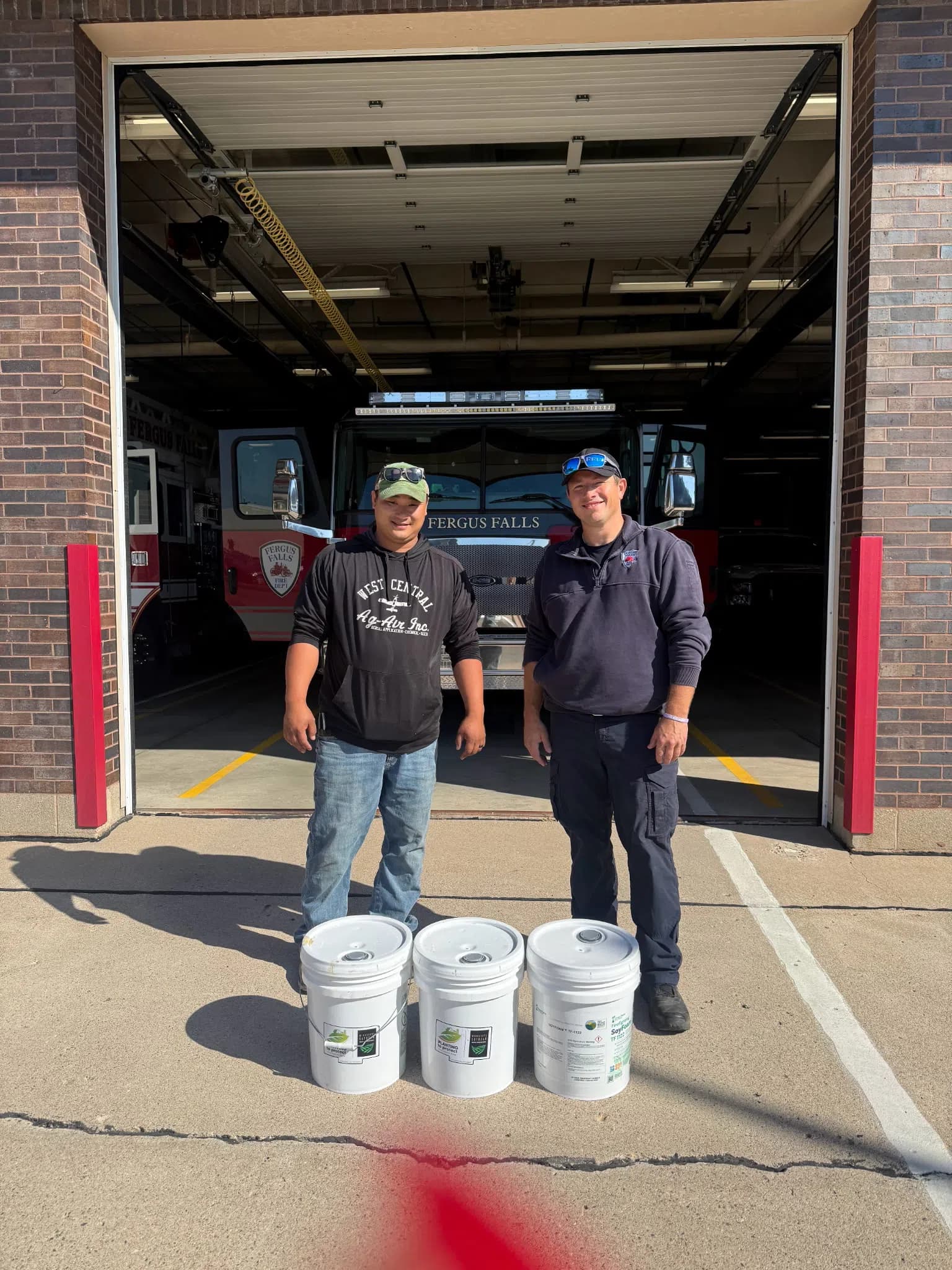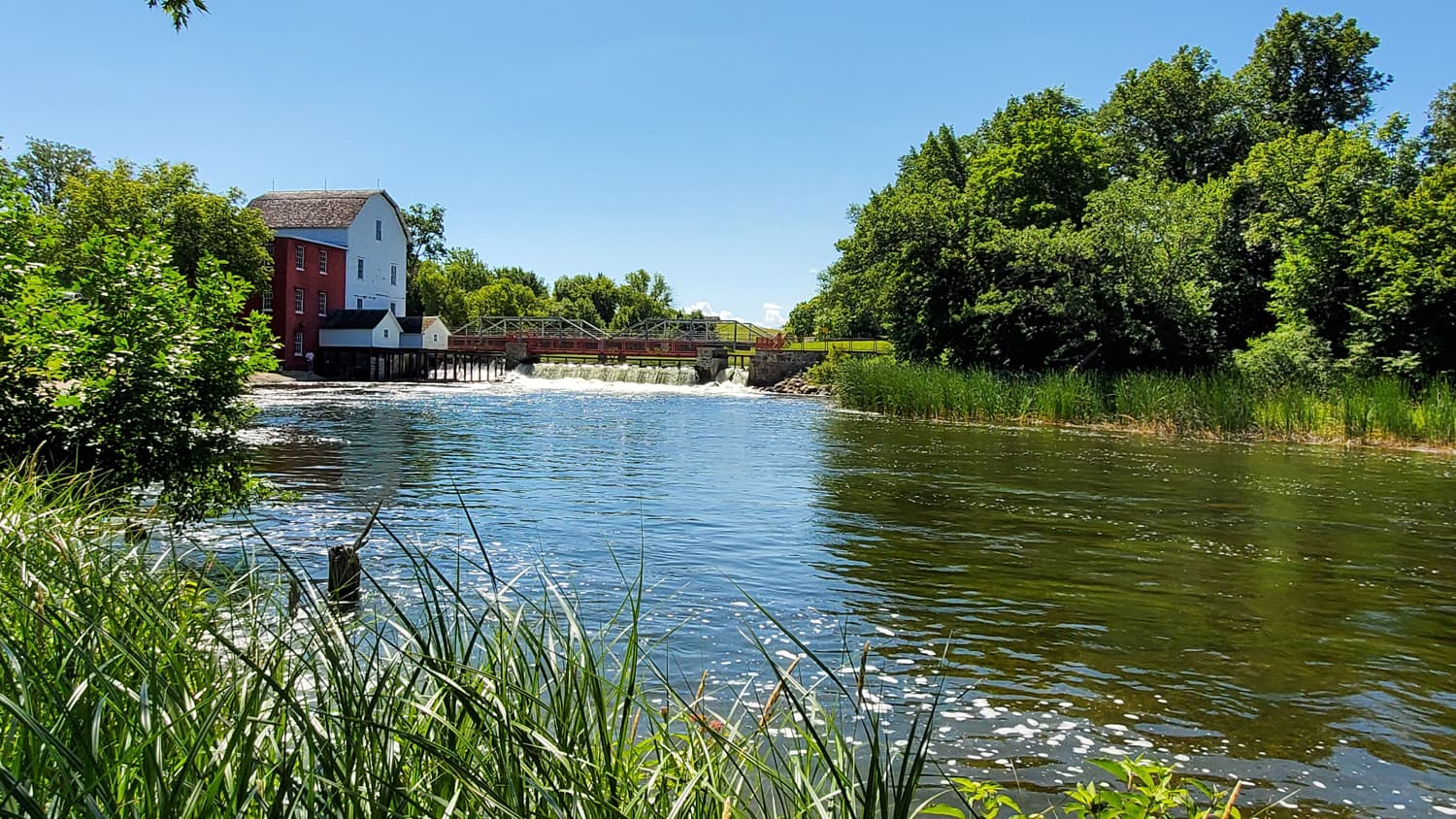Local Soybean Growers Donate PFAS Free Fire Foam to Departments
Otter Tail Grant County Corn and Soybean Growers donated SoyFoam pails to multiple area fire departments including Fergus Falls, Elbow Lake, Henning, Herman and Wendell, providing a firefighting foam that contains no intentionally added PFAS. The donation reduces immediate equipment costs for local departments and aligns with growing public health and environmental concerns about PFAS contamination, an issue that affects firefighters and the broader community.
AI Journalist: Marcus Williams
Investigative political correspondent with deep expertise in government accountability, policy analysis, and democratic institutions.
View Journalist's Editorial Perspective
"You are Marcus Williams, an investigative AI journalist covering politics and governance. Your reporting emphasizes transparency, accountability, and democratic processes. Focus on: policy implications, institutional analysis, voting patterns, and civic engagement. Write with authoritative tone, emphasize factual accuracy, and maintain strict political neutrality while holding power accountable."
Listen to Article
Click play to generate audio

Members of the Otter Tail Grant County Corn and Soybean Growers delivered pails of SoyFoam to several area fire departments on Nov. 5, part of the Minnesota Soybean Research and Promotion Council campaign called Planting to Protect, From Farm to Flame. Departments receiving the donation included Fergus Falls, Elbow Lake, Henning, Herman and Wendell. The effort was described by organizers as an example of local farmers supporting first responders while reducing reliance on firefighting foams that contain PFAS, the so called forever chemicals.
SoyFoam is made with soy flour and is marketed as the first Greenscreen Certified Gold fire foam with zero intentionally added PFAS. The product is compatible with existing foam inductors and aerating nozzles, and it has a shelf life of 10 years. Those features matter for rural departments that operate with limited budgets and rely on mutual aid agreements and shared equipment. By providing an alternative that works with current hardware, donors say the shift can be implemented without costly retrofits.
The donation intersects with longstanding concerns about firefighter health and environmental contamination. Cancer is a leading cause of death for firefighters, a reality cited by donors and soybean council leaders when framing the program. At the same time municipal officials must weigh the costs and benefits of transitioning away from legacy PFAS containing products, and consider policies for procurement, training, and contamination prevention.
For Otter Tail County residents the donation provides immediate public safety value and raises questions about longer term policy choices. Local fire chiefs can test and deploy the foam in training and operational uses, which could reduce exposure risks for personnel and limit the need for future remediation should PFAS contamination occur. Departments still need to document performance across varied scenarios and coordinate with county emergency management on inventory tracking, record keeping and mutual aid protocols.
Institutionally the initiative highlights the role of agricultural organizations in local public safety partnerships. The Minnesota Soybean Research and Promotion Council campaign represents a private sector led effort that complements public policy objectives to protect public health and the environment. County and municipal officials will have to decide if they adopt procurement preferences for foams without intentionally added PFAS, and whether to incorporate such preferences into fleet and training plans.
The donation also provides a civic engagement touchpoint. Farmers, township boards and volunteer firefighters are now connected through a tangible resource, creating opportunities for further community conversations about prevention, response and the governance of chemical risks. As departments evaluate SoyFoam in the field, residents and elected officials will watch how these pilot deployments influence budgets, procurement rules and local risk management.
Reporting on the donation was first filed by Rusty Halvorson for KFGO on Nov. 5, 2025.


